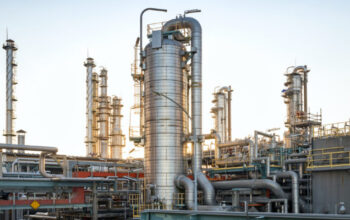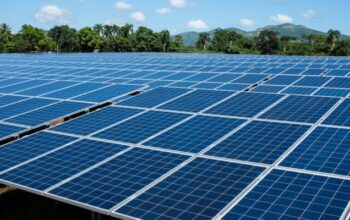Australia announced new offshore gas exploration permits for its east and west coast markets on Tuesday, aiming to alleviate concerns about long-term supply gaps as the country transitions away from coal-fired power stations.
The center-left Labor government considers gas a critical element in its move towards cleaner energy, despite its commitment to achieving net-zero carbon emissions by 2050. In May, the government supported long-term gas drilling.
“As ageing coal generation comes offline in the coming years, gas will continue to be needed to firm renewable energy generation and as a backup during peak energy use periods,” Resources Minister Madeleine King said in a statement.
Intermittent renewable sources, such as solar and wind, require stable backup sources like energy storage or gas-fired plants to ensure reliability.
Ten permits will be issued for assessing carbon capture and storage (CCS), which has drawn criticism from Greenpeace Australia, calling it a “step backwards” on emission cuts. ,
Environmental groups argue that CCS has not yet proven effective and will extend the use of fossil fuels.
The government’s decision follows a warning from Australia’s competition regulator earlier this month that the east coast could face gas shortages by 2027, a year earlier than previously forecast.
Although Australia produces more gas than it needs for domestic use, most of the supply is contracted for export.
The new exploration permits will be finalized for Exxon Mobil’s Esso and Beach Energy in the Otway and Sorrell basins on the east coast, and for Chevron, Japan’s Inpex, Melbana, and Woodside on the west coast. Any discovered gas will be supplied to the domestic market.
King emphasized that the permits do not automatically authorize new production; safety and environmental approvals must be obtained from the industry regulator.
Additionally, no new seismic surveying will be permitted, with companies required to use existing data.
![]()




